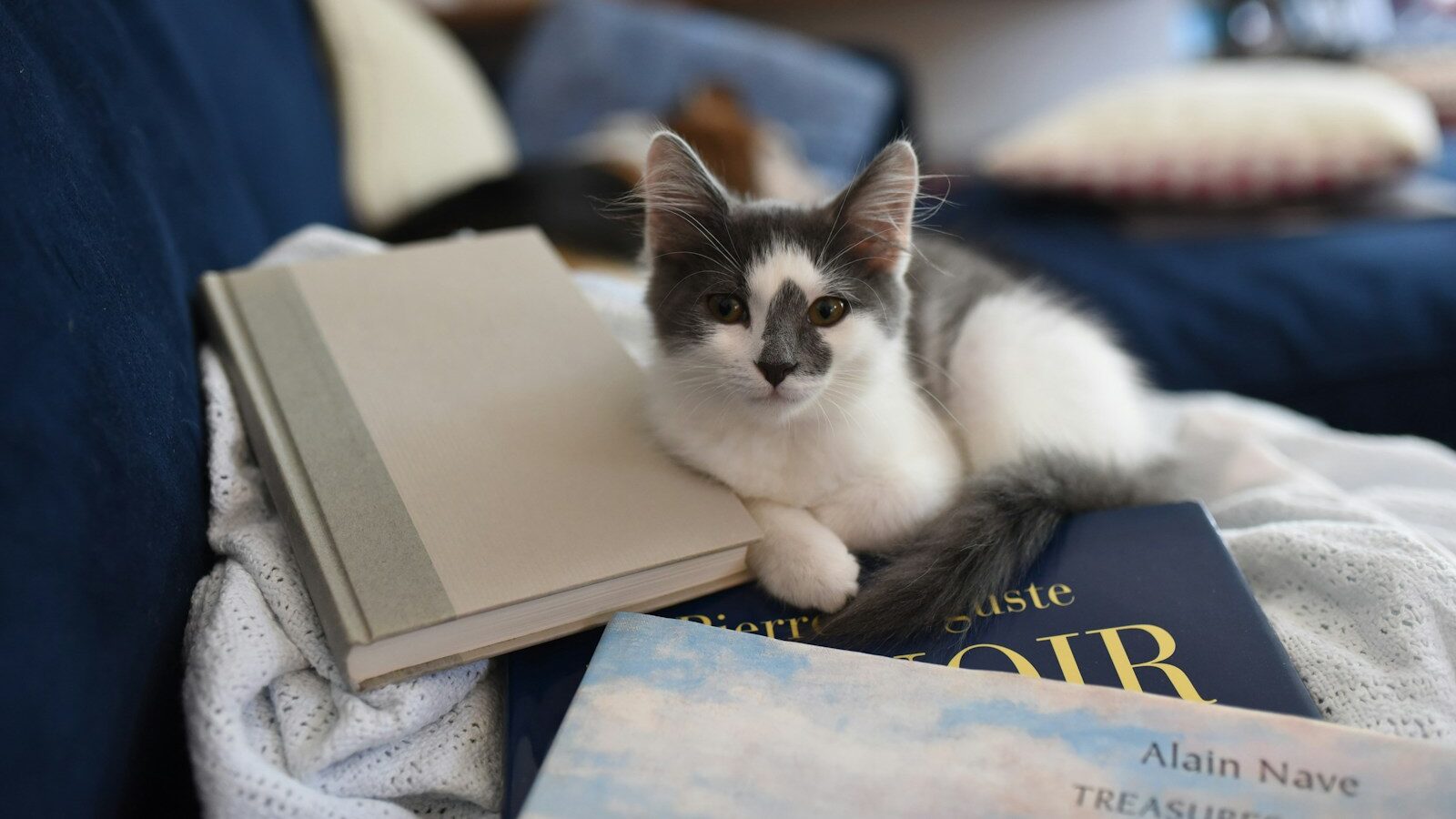Lego, it seems, is as popular today as it was when I was young. Or certainly, it is in our family; my partner’s young nephew (we’ll call him Jack) loves it. It’s great that Lego has evolved, and is still able to compete in the modern, digital age, but at the same time, I lament some of the changes in the way it’s used by children that I’ve witnessed since my own childhood.
Where I created things from my own imagination, and found solutions on my own to problems of design, nowadays if Jack wants to build a Star Wars X Wing, for example, he’ll think he ‘needs’ the specific kit for this. (He doesn’t, but he’ll ‘think’ he does.)
Lots of bespoke pieces will mean his finished X Wing looks exactly like it ‘should’. It seems to me though, that in a world of film franchise, there’s a kit for everything, and this means that children are encouraged to rebuild the work of someone else’s imagination, rather than, perhaps, use their own.
I was ten when the very first Star Wars film was released and its impact was huge. I was obsessed with the Millennium Falcon, a spaceship that seemed to be powered by light spilling from a gaping hole at the back of the ship. Back then, there was no Millennium Falcon Lego kit (or if there was, I never knew of it) but that certainly didn’t stop me creating my own version of the iconic spaceship using all the random pieces in my Lego box.
The most technical piece of Lego I possessed was a remote-control unit. This consisted of a battery pack linked by a wire to a Lego block, around which you could build a ‘remote controlled’ vehicle. I was the least scientific person I knew but, by experiment and accident, I discovered that instead of connecting the battery pack to the ‘wheel block’ I could instead connect it to a light bulb – and hey, presto, my Millennium Falcon was given a power source!
Of course, my Millennium Falcon looked nothing like the ‘real’ one. But it was mine and I probably felt greater pride in it than Jack does in his models. What’s more, because it was mine, I was able to improve it; developing it and adding new features until I’d created lots of different spaceships based on my original model. The light bulb discovery was used to add light to houses and other buildings I made too. In other words, I was empowered by my solution; not restricted by it.
What’s my point? For me the difference between my Lego experience and Jack’s Lego experience is a bit like the difference between experiential learning and learning by numbers. It’s the difference between people creating and owning their own solutions, rather than holding the trainer responsible for providing the ‘right answer’.
That’s why, whenever we write new training materials for Trainers’ Library, we try to create activities that encourage learners to find their own answers using imagination and creativity. It’s very different to instruction-based learning; we want learners to own the learning, to feel pride in their achievements and to be inspired, motivated and determined to implement changes back in the workplace.
Here are just a few examples that encourage participants to learn through creative fun:
• Doctor in the House: Sales people think about customer engagement.
• The Card Factory: Managers think about the extent to which their vision and values are impacting performance.
• Building Engagement: Gives managers a lightbulb moment about the importance of Employee Engagement.
• GamePlay: Business simulation game with a twist.
• Aquatic Experience: Participants learn the importance of understanding customer needs in an unusual way.
• Bridge Challenge: Managers have fun gaining insights into how to sustain the momentum behind new initiatives.
• At a Crossroads: A board game that encourages participants to share their best solutions to common conundrums.
Coming Soon:
Thinking Outside the Box! This fantastic exercise will be added to Trainers’ Library very soon and challenges participants to creatively solve a problem by ‘thinking outside the box’.
Want to be the first to know when new stuff is added to our services? Click here to follow us on Facebook or, here for Twitter.
Thanks for reading. As always, all feedback is appreciated. Until next time…
Lego, it seems, is as popular today as it was when I was young. Or certainly, it is in our family; my partner’s young nephew (we’ll call him Jack) loves it. It’s great that Lego has evolved, and is still able to compete in the modern, digital age, but at the same time, I lament some of the changes in the way it's used by children that I've witnessed since my own childhood.
Where I created things from my own imagination, and found solutions on my own to problems of design, nowadays if Jack wants to build a Star Wars X Wing, for example, he’ll think he ‘needs’ the specific kit for this. (He doesn't, but he'll 'think' he does.)
Lots of bespoke pieces will mean his finished X Wing looks exactly like it ‘should’. It seems to me though, that in a world of film franchise, there’s a kit for everything, and this means that children are encouraged to rebuild the work of someone else’s imagination, rather than, perhaps, use their own.
I was ten when the very first Star Wars film was released and its impact was huge. I was obsessed with the Millennium Falcon, a spaceship that seemed to be powered by light spilling from a gaping hole at the back of the ship. Back then, there was no Millennium Falcon Lego kit (or if there was, I never knew of it) but that certainly didn’t stop me creating my own version of the iconic spaceship using all the random pieces in my Lego box.
The most technical piece of Lego I possessed was a remote-control unit. This consisted of a battery pack linked by a wire to a Lego block, around which you could build a ‘remote controlled’ vehicle. I was the least scientific person I knew but, by experiment and accident, I discovered that instead of connecting the battery pack to the ‘wheel block’ I could instead connect it to a light bulb – and hey, presto, my Millennium Falcon was given a power source!
Of course, my Millennium Falcon looked nothing like the ‘real’ one. But it was mine and I probably felt greater pride in it than Jack does in his models. What’s more, because it was mine, I was able to improve it; developing it and adding new features until I’d created lots of different spaceships based on my original model. The light bulb discovery was used to add light to houses and other buildings I made too. In other words, I was empowered by my solution; not restricted by it.
What’s my point? For me the difference between my Lego experience and Jack's Lego experience is a bit like the difference between experiential learning and learning by numbers. It’s the difference between people creating and owning their own solutions, rather than holding the trainer responsible for providing the ‘right answer’.
That’s why, whenever we write new training materials for Trainers’ Library, we try to create activities that encourage learners to find their own answers using imagination and creativity. It’s very different to instruction-based learning; we want learners to own the learning, to feel pride in their achievements and to be inspired, motivated and determined to implement changes back in the workplace.
Here are just a few examples that encourage participants to learn through creative fun:
• Doctor in the House: Sales people think about customer engagement.
• The Card Factory: Managers think about the extent to which their vision and values are impacting performance.
• Building Engagement: Gives managers a lightbulb moment about the importance of Employee Engagement.
• GamePlay: Business simulation game with a twist.
• Aquatic Experience: Participants learn the importance of understanding customer needs in an unusual way.
• Bridge Challenge: Managers have fun gaining insights into how to sustain the momentum behind new initiatives.
• At a Crossroads: A board game that encourages participants to share their best solutions to common conundrums.
Coming Soon:
Thinking Outside the Box! This fantastic exercise will be added to Trainers’ Library very soon and challenges participants to creatively solve a problem by ‘thinking outside the box’.
Want to be the first to know when new stuff is added to our services? Click here to follow us on Facebook or, here for Twitter.
Thanks for reading. As always, all feedback is appreciated. Until next time...





